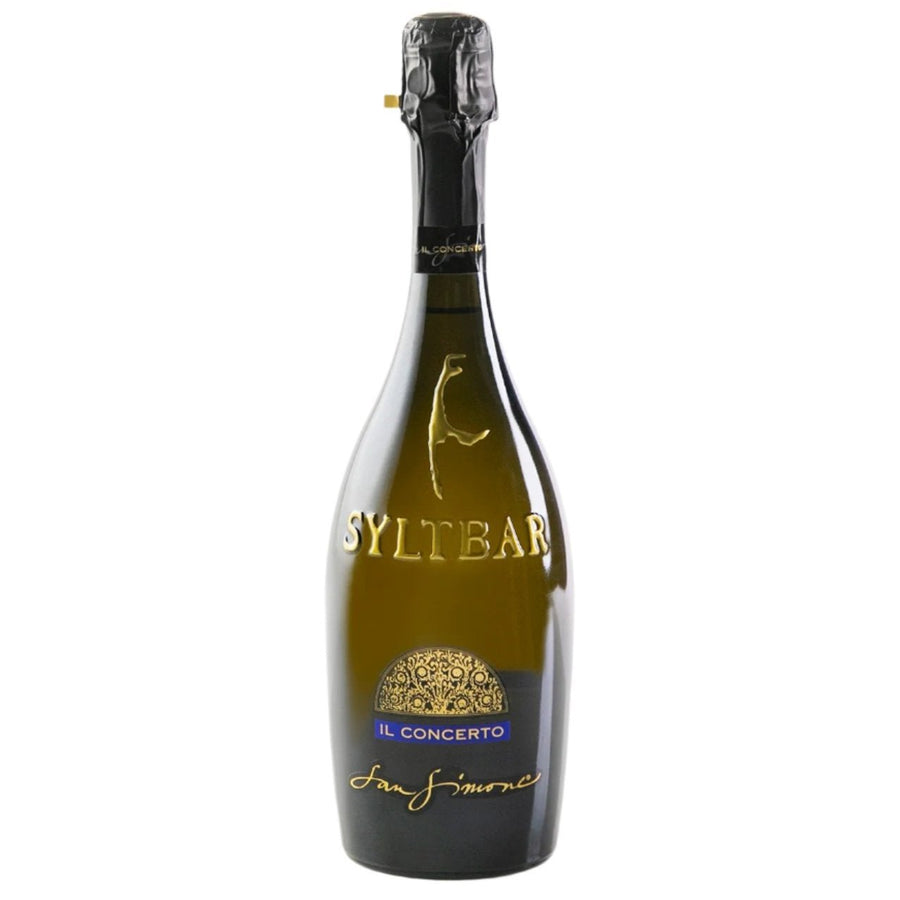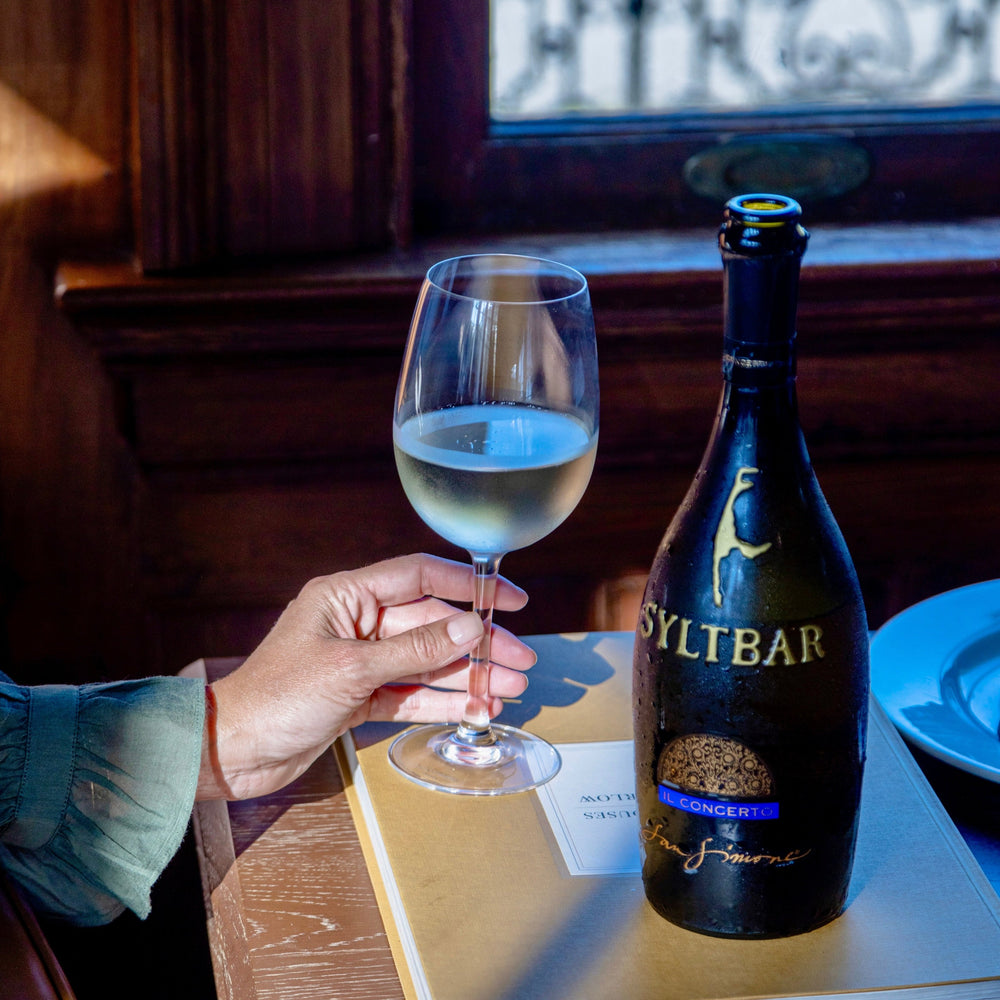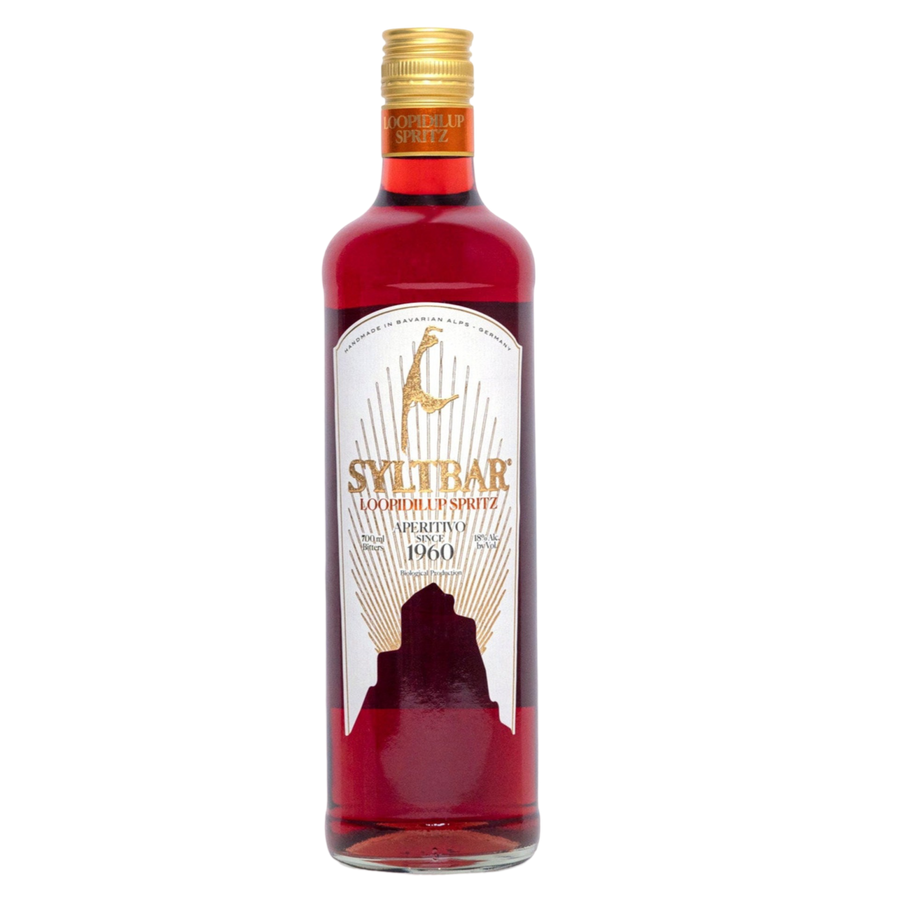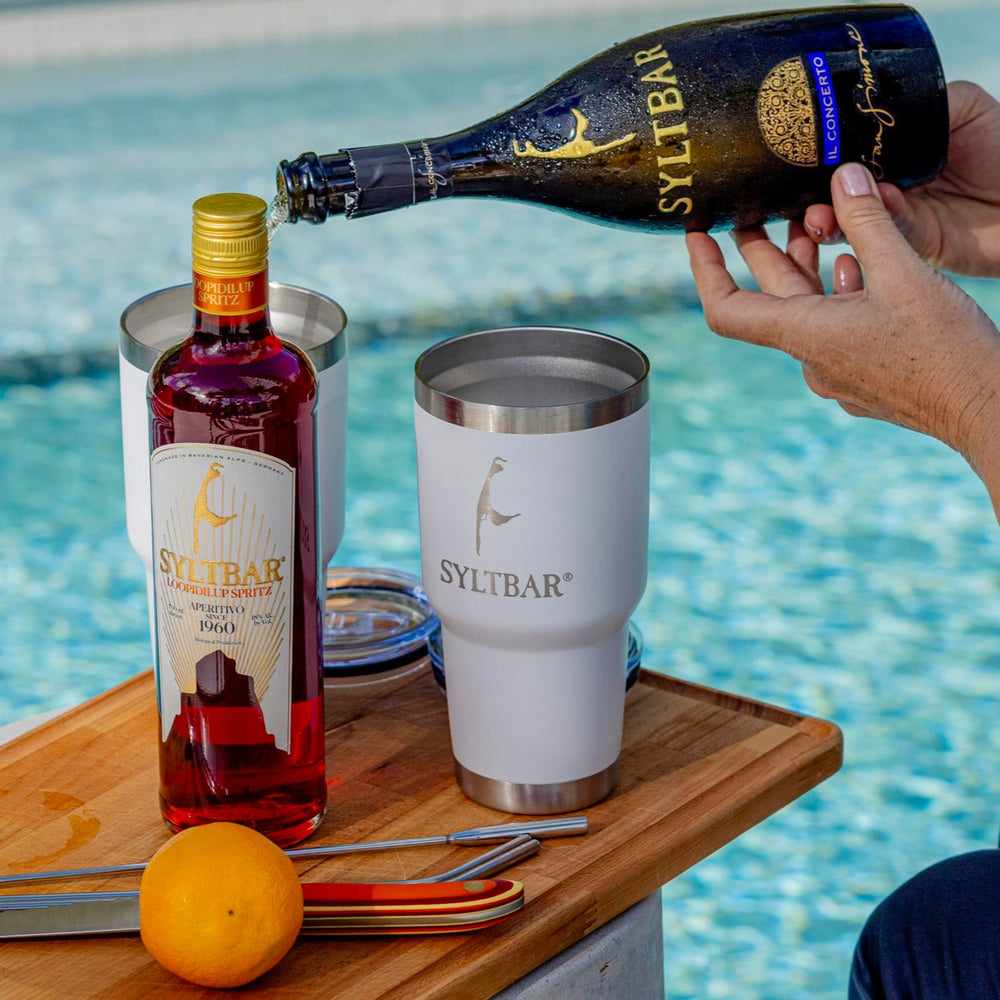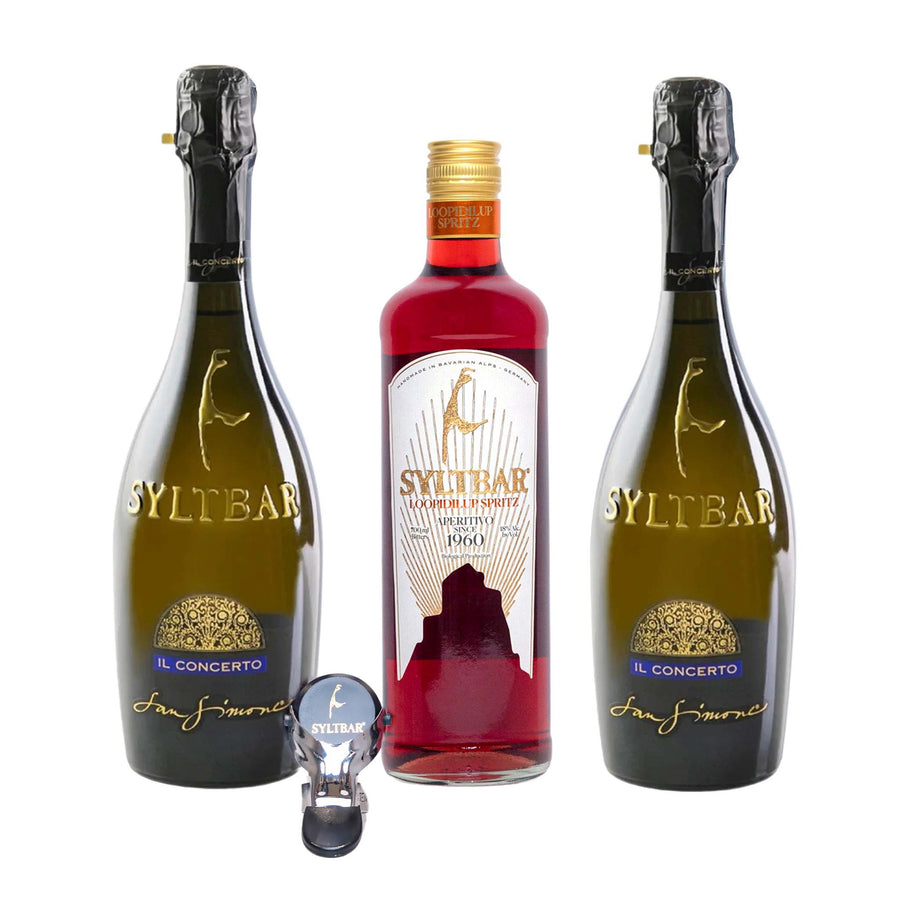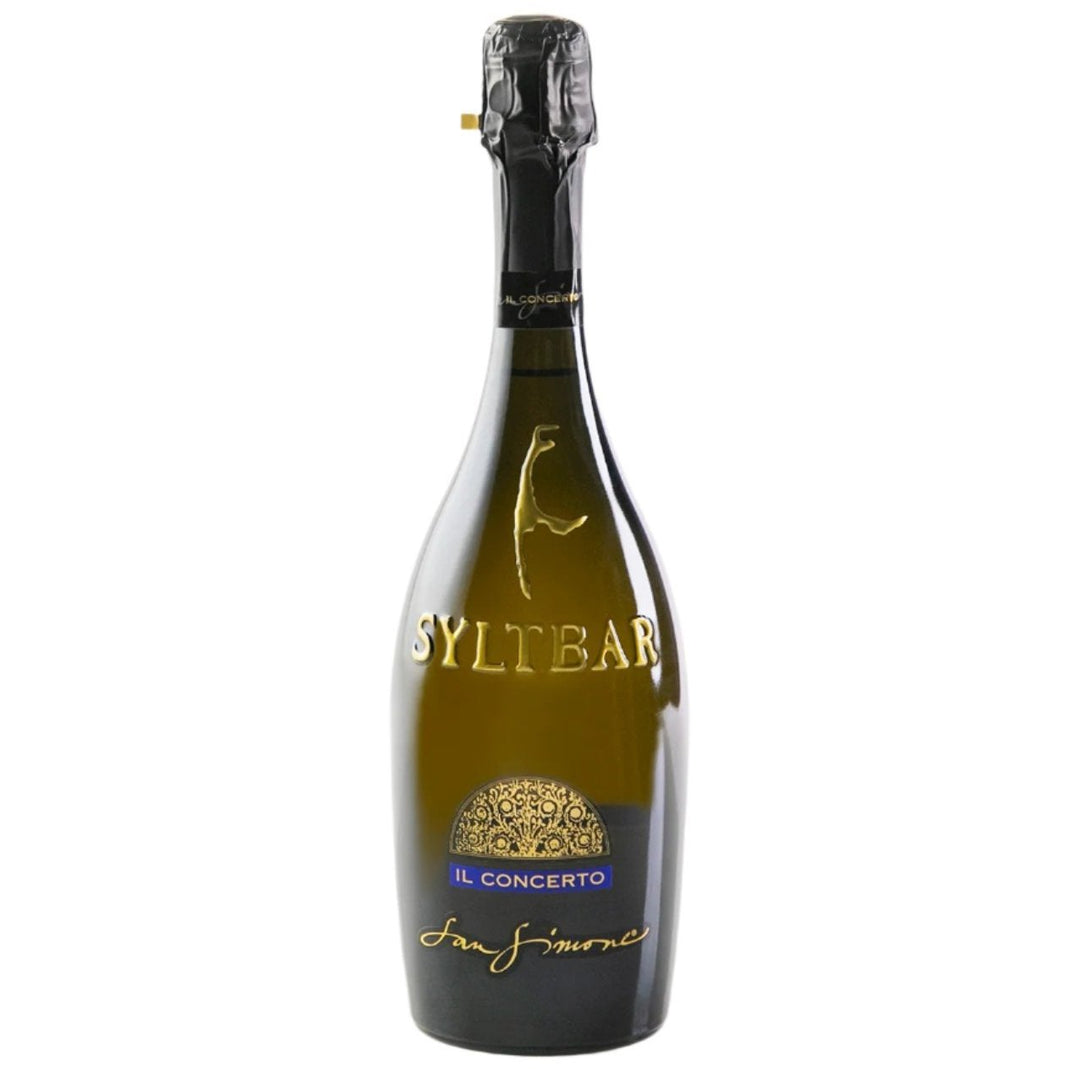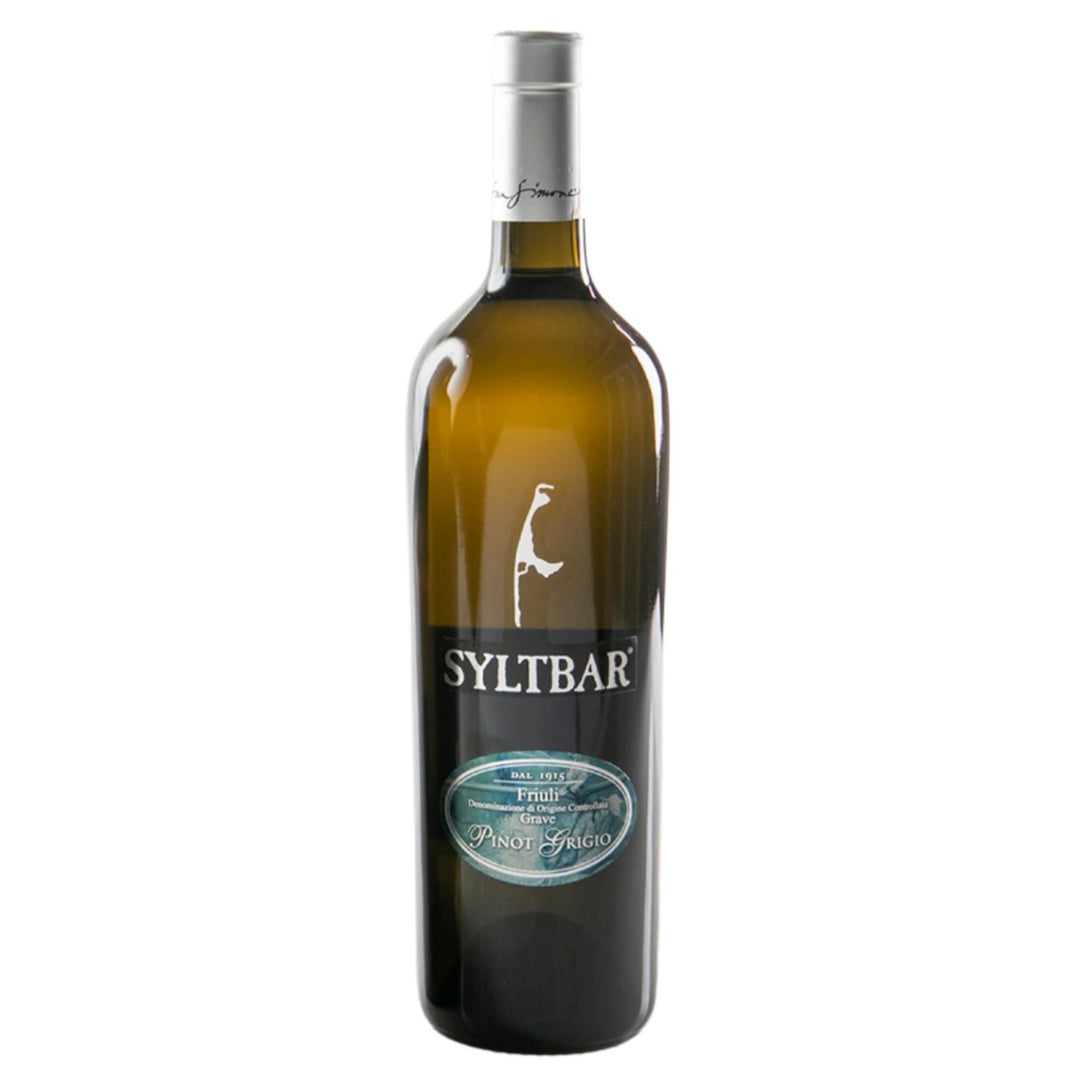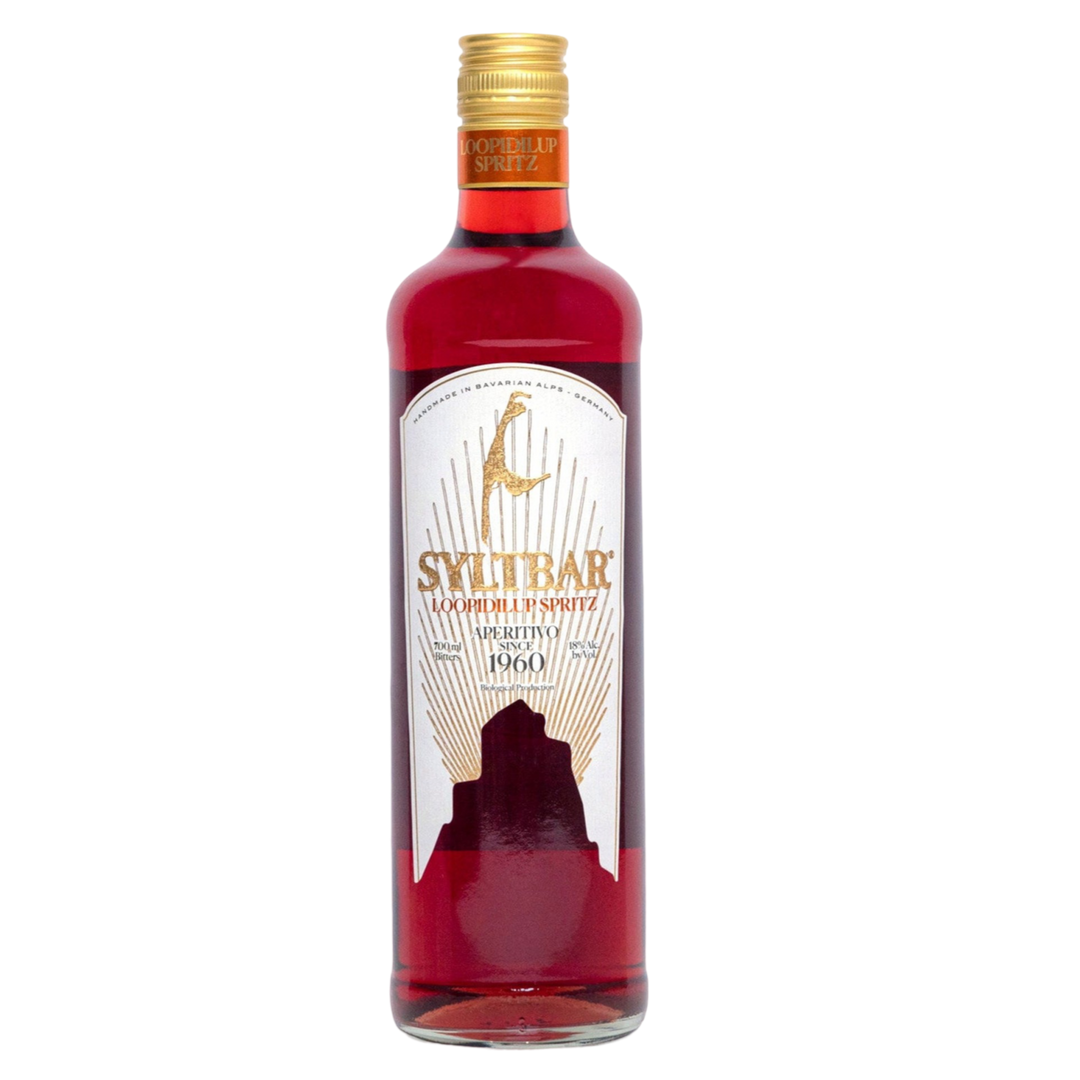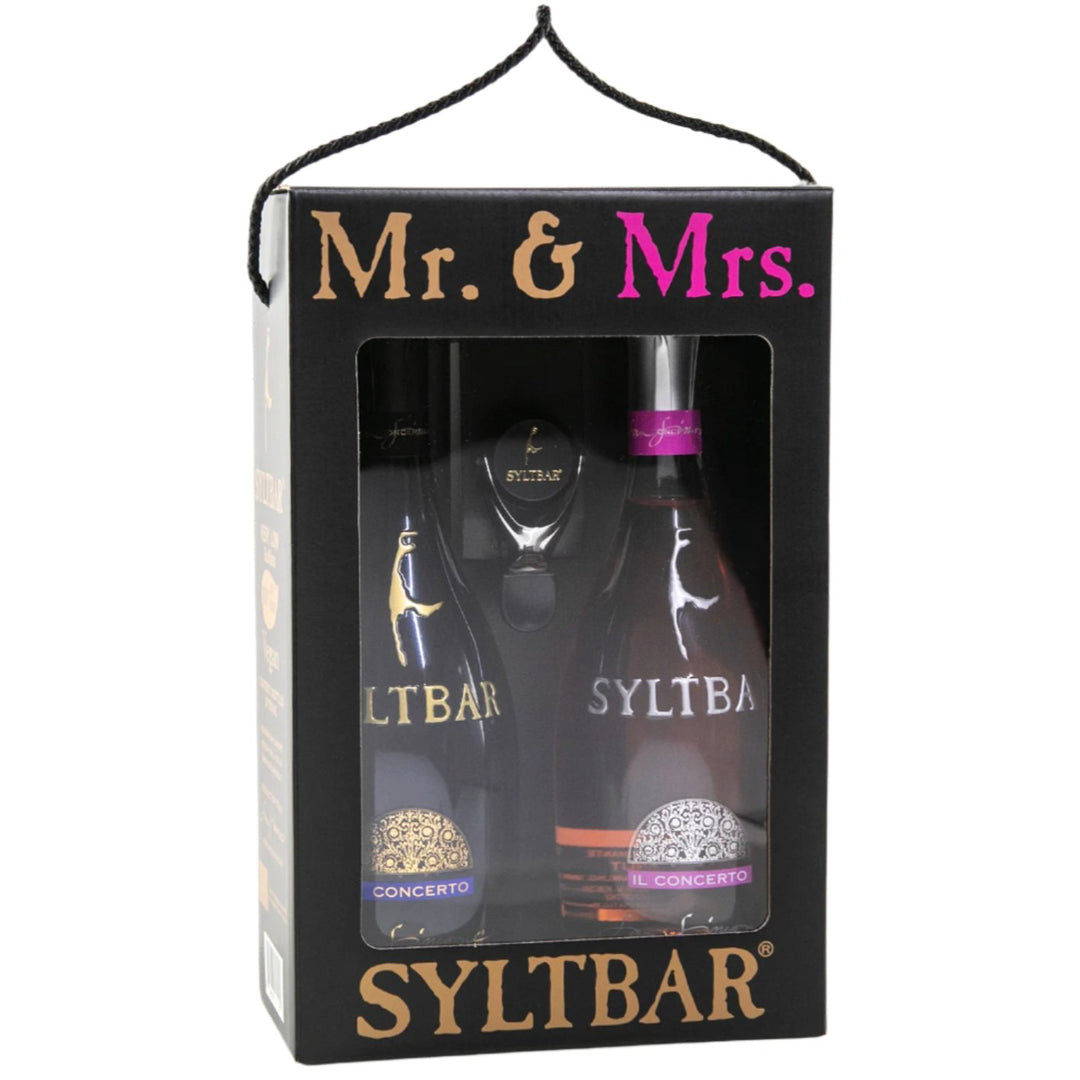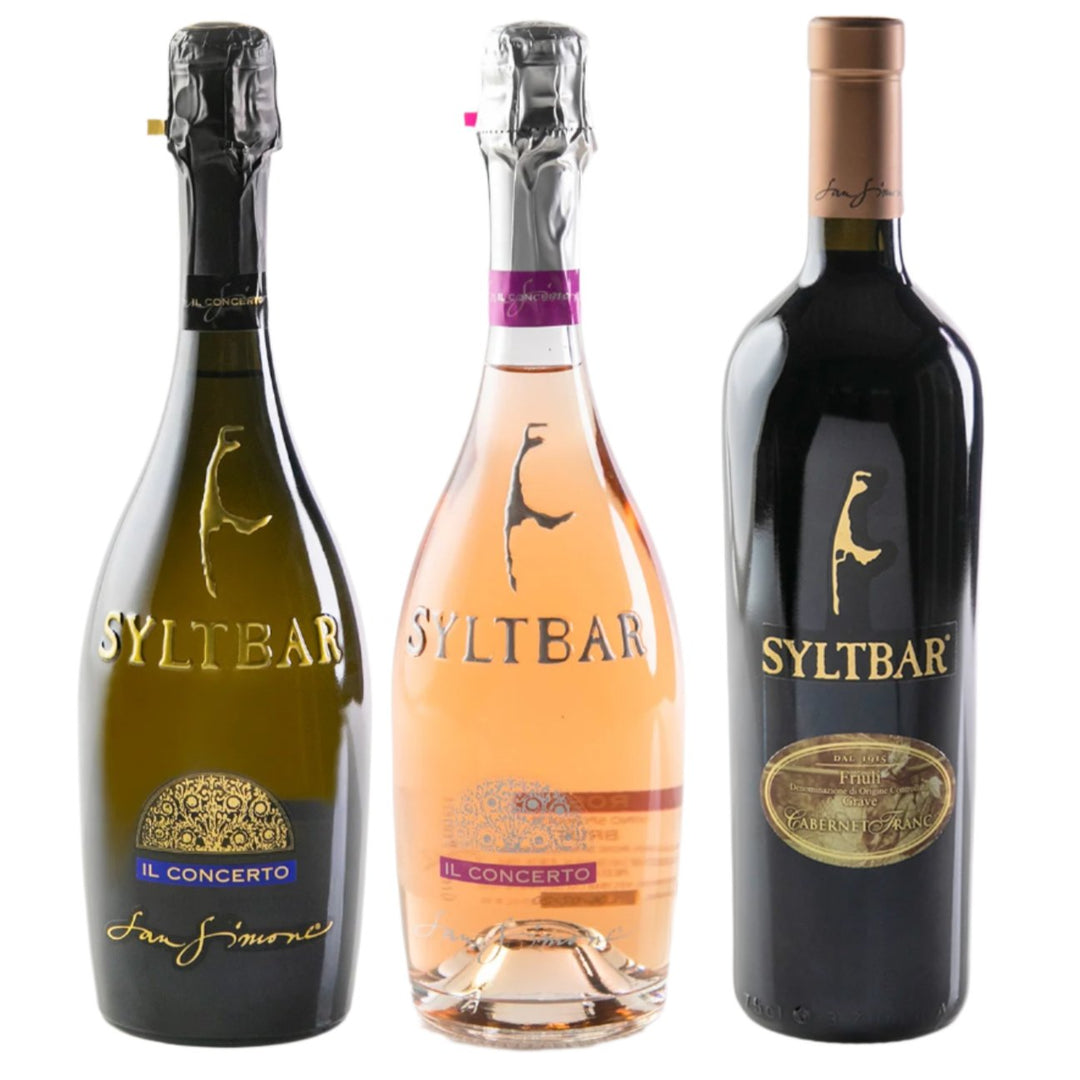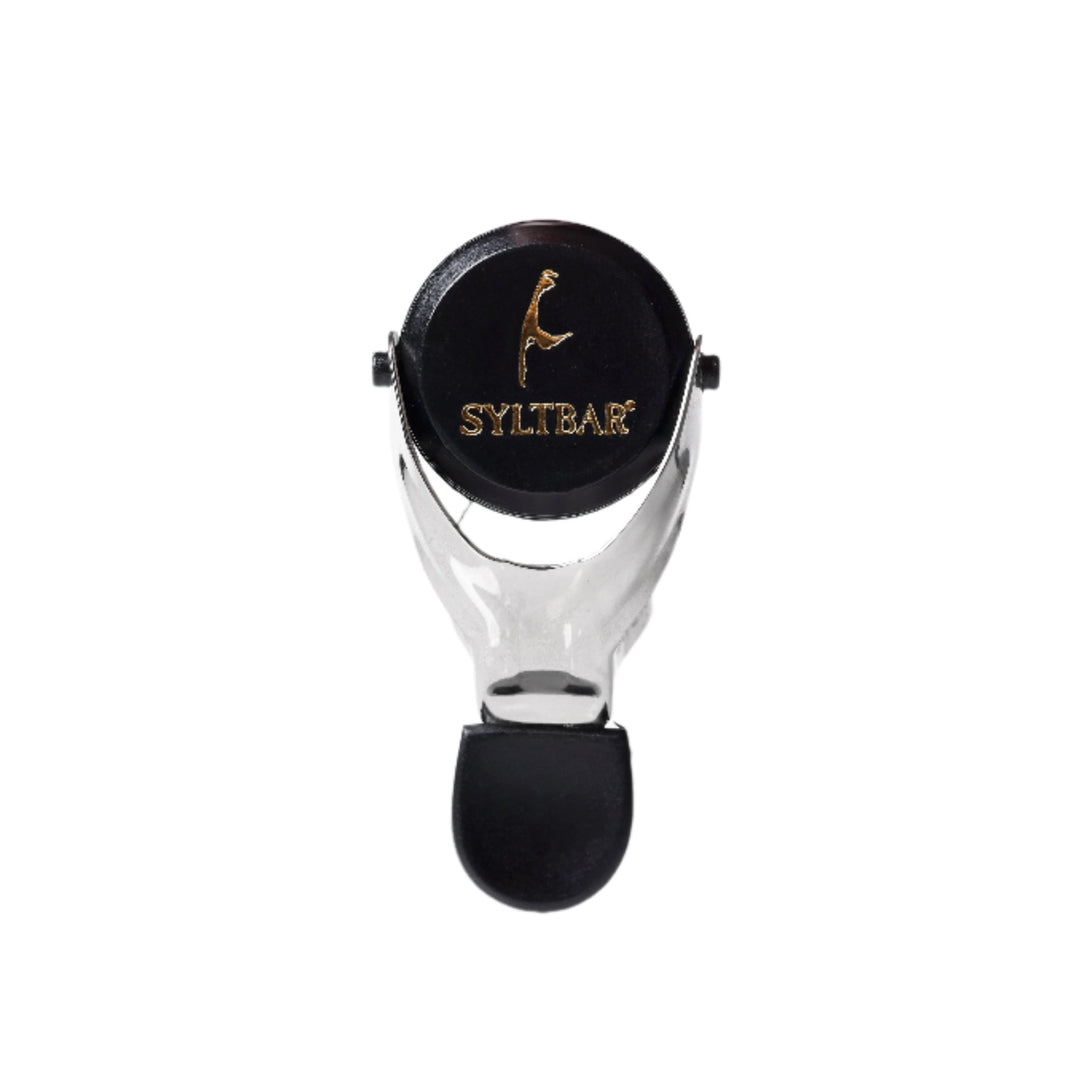The Art of Winemaking: From Grape to Glass
It’s no secret that wine has been a beloved beverage for centuries, bringing joy to countless occasions and enhancing the flavors of exquisite meals. But in more recent times, people have become more health-conscious and seek out ways to enjoy their wine without the guilt of consuming excessive calories. After reading this blog, you will never again be bothered by the question "How do you make wine?", with this blog you will go through all the steps of the vinification process of wine from growing grapes to bottling.
"How is wine made?" is a question that leads to a captivating journey through the meticulous process of nurturing grapes, fermenting their juices, and skillfully blending flavors to craft the exquisite elixir cherished by connoisseurs worldwide.
There are many wine brands that have risen to the challenge of creating low-calorie wine options, but many times these are big manufacturers, not actual wineries, that mass produce their wines for wide distribution and longer shelf time. Just because you see a wine marketed as “low calorie,” doesn’t mean that it isn’t pumped with added sugars, added sulfites, or other chemical preservatives. When you drink low-calorie wine, you should still be concerned with all of these other aspects of how the wine is made.SYLTBAR is the perfect example of a 100% naturally produced wine by a family-owned-and-operated vineyard since 1915, which is much lower in calories than other wines on the market, but still just as flavorful — if not more flavorful — without the need for anything extra! SYLTBAR wines are pure, with nothing added and nothing removed.
Grape selection:
Selecting the finest grapes and delicately pressing them to extract the purest juice for winemaking is the first step towards crafting a masterpiece that captures the essence of the vineyard. The foundation of crafting low-calorie wine lies in the careful selection of grape varieties. Some grape varieties inherently produce wines with lower sugar levels, allowing for a naturally lower-calorie product.
It also makes a difference when the wine is a single-grape variety, rather than a blend of a lot of different grapes. SYLTBAR wines are all made from one grape. Mr Premium Prosecco is 100% Glera grape, even though Italian saw states that in order for a wine to legally be considered a Prosecco, it only needs 85% Glera. Mrs Sparkling Rosé is made from 100% Merlot; Cashmere is made from 100% Carmenère Grape; White Linen and Junior are both made from 100% Pinot Grigio, and Silk is made from 100% Friulano.
SYLTBAR Sparkling Rosé is made with 100% Merlot grapes, which is actually pretty rare to find because Merlot grapes have less acidity. Many other sparkling rosé brands use a blend of Pinot Noir grapes.
Furthermore, a sparkling rosé can never legally be considered a Prosecco because of the grapes used to make it — there are no Glera grapes present. There is, however, such a thing as a Prosecco Rosé. There are specific regulations to set this type of sparkling wine apart from Prosecco and Sparkling Rosé. The grapes of a Prosecco Rosé must come from a specific area that has been approved by the Italian government. The sparkling wine must have at least 85% Glera grape (as we have already explained this is the only way a wine can be called a Prosecco), and the rest of the grapes must come from Pinot Noir grapes. The question should be asked: why should 85% Glera Grape, a white wine grape, be combined with 15% Pinot Noir grape, a red wine grape, just to be called Prosecco Rosé? This doesn't make sense at all; it's simply a marketing strategy. Italy’s DOC also sets a fermentation requirement for Prosecco Rosé — 60 days in stainless steel tanks. The same with the Prosecco DOC. SYLTBAR has a 120 days fermentation.
These two requirements are not necessary for sparkling rosés, which can be made from a variety of different grapes and regions, and do not need to be fermented for nearly as long. Sparkling rosé can be made in many different styles, with many different grapes. The regulations for this variety of sparkling wine are not as tight and rigid as they are for Prosecco. Some sparkling rosés are light and crisp, while others are rich and full-bodied. Some are sweet, and some are floral.
SYLTBAR decided against creating a Prosecco Rosé because we believe it is not a true Prosecco. We pride ourselves in the fact that our Prosecco is produced with 100% Glera grapes and our Sparkling Rosé is made with 100% Merlot. By mixing Glera and Pinot Noir grapes, it is a blended sparkling wine, and more of a marketing ploy to sell products because the consumer is familiar with the category of Prosecco — and also seems to really like drinking wines that are pink. This is a sales tactic, used to create a product that appeals to the masses. This is not part of SYLTBAR’s values.
We believe that the taste of sparkling wine is much crisper, much more refreshing, and much more flavorful when you stick to one grape and do not blend it with others as it always comes back to purity.

Long Fermentation Process
Fermentation is a crucial, required part of the wine production process. You have probably heard this word a lot when discussing wine and wine making, but you might not be completely sure what it means. Fermentation’s exact definition is the chemical breakdown of a substance by bacteria, yeasts or other microorganisms, typically involving effervescence and the giving off of heat. In the alcohol world, it refers to the process involved in the making of beer, wine and liquor, in which sugars are converted to ethyl alcohol.
Every alcoholic beverage goes through an initial fermentation process, and many go through a secondary fermentation process in order to further enhance the product. The secondary fermentation process is when the fermented product is then transferred to another vessel (be it a barrel, tank, bottle, etc.) for a second period of fermentation. This long fermentation is important because it gives the grape the chance to fully ripen, which develops the best flavor. It’s like with all fruit. If the fruit is not completely ripe, it does not taste as good as it could. This period of time can range from a few days to several months — and that time period makes all the difference, especially when it comes to sparkling wine.
For SYLTBAR Sparkling Wine products, the secondary fermentation is what sets us apart from other mass produced sparkling wines on the market. SYLTBAR’s process takes up to four months, which is the optimal amount of time needed to ensure that the only sugar left in the wine is the natural fruit sugars, commonly known as residual sugar. The end result of this four-month secondary fermentation process is a naturally produced, pure Prosecco and Sparkling Rosé that has absolutely no added sugars. To make it more flavorful, the addition of sulfites is avoided, a guarantee in the small-batch production process.
The benefits of a sparkling wine having no added sugars or sulfites is that it can drastically reduce the chances of you feeling hungover, even after drinking a whole bottle! SYLTBAR sparkling wines only have around 25 ppm sulfites in a 6 ounce glass, compared to an average of 150 ppm. No added sugars also results in an incredibly lower carbohydrate count. There are only 1.5 grams of carbs per 6 ounce glass of both Mr SYLTBAR Premium Prosecco and Mrs SYLBAR Sparkling Rosé, compared to an average of 5 grams. The calorie count of each of these sparkling wines is just as impressive, if not even more. In a 6 ounce glass, it’s only 49 calories for Mr, and 63 for Mrs! These are the nicknames of the Mr SYLTBAR the Prosecco Brut and the Mrs for the SYLTBAR Sparkling Rose
Let’s discuss the difference in fermentation processes of Prosecco versus Champagne, as these are the two most well known and frequently drunk sparkling wines. Champagne always goes through a second fermentation process due to the fact that the second fermentation is done in the bottle of which it will be sold. Prosecco is traditionally fermented in stainless steel tanks, and many prosecco producers do not bother with a long second fermentation process as it’s not required, and allows them to save time and money. Instead of fermented for an extended period of time, they follow the shorter fermentation process with additives, sugars and sweeteners to give the Prosecco, at the very least, a decent, palate-pleasing flavor.
SYLTBAR’s wine producer San Simone, a family-owned-and-operated winery in Friuli, Italy, does not believe in adding sugars and chemicals to give their wines flavor. They believe in purity, natural flavor that tastes good because it is good, inherently. SYLTBAR Prosecco is fermented for four months to allow the grapes enough time to fully develop and then create a wine that is flavorful without the need for any additives. Other producers often only keep their Prosecco in tanks for 2-3 weeks at most. Why? Because they care more about quantity then they do quality.
Here’s another distinct difference between the production of Prosecco versus Champagne. Champagne’s flavor is often yeasty with bread-like notes, while Prosecco presents the three Fs: fresh, fizzy and fruity. The wine fermentation process is the reason for these flavor differences, most notably the secondary fermentation process. Champagne’s process is called the méthode traditionelle, which means it takes place in the bottle and the process for Prosecco is called the charmat method, taking plane in stainless steel vats (as we mentioned above). The resulting wine is bubbly, called either spumante or frizzante, and sometimes the wine can even be tranquillo, or still.
The charmat method is preferred by many Prosecco producers because it is less expensive and less time consuming. Méthode traditionelle features a long aging time, as this is how the depth of flavor and tasting notes are produced to become what champagne is most recognized for — toasty and savory. That extra long fermentation is not necessary or required for Prosecco. It’s fresh and fruity flavor is typically ready within a few months.
The moral of the story here is that mass produced Prosecco brands are not typically fermented for long periods of time, but the SYLTBAR wine makings made the executive decision to ferment their Prosecco for longer than the average sparkling wine in order to highlight its true, natural flavors. Their goal was to give consumers a taste of what real 100% natural Italian produced Prosecco should taste like — and they have completely succeeded.

Aging, Filtration and Bottling
You know the saying “ages like fine wine” that’s meant to mean that something or someone gets better with age, like wine that has aged. But is this actually a true statement?
Do All Wines Get Better With Age?
Technically speaking, yes all wine “ages,” but that is because it is built-in to the winemaking process. The wine goes through various stages, such as fermentation and secondary fermentation, and during these stages wine is, of course, “aging.”SYLTBAR's selection extends beyond Premium Prosecco and Sparkling Rosé to encompass an array of distinguished wines, meticulously curated to include vintages prominently displayed on their respective labels.
Then there are also some winemakers who age the barrels that they produce wine in. The difference lies in the production process versus bottled wine. Once the wine is bottled and ready to distribute and sell, the term aging takes on a new meaning. Some wines are also specifically made to age, such as those with lots of bold tannins that will mellow out over time once bottled. These are the fine wines that make you think of deep, dark underground cellars where wines are kept in racks or special wine fridges for years and years, and opened for special occasions.
But what about sparkling wine?
Does Prosecco Have an Expiration Date?
While fine wines might benefit from aging, that isn’t always the case for Prosecco, especially if it is marked non-vintage. Non-vintage means that the grapes do not all come from one single harvest season. Non-vintage wines blend grapes from different harvests. This is a term that usually is associated with Prosecco and other sparkling wines.
An unopened bottle of a non-vintage Prosecco should really be drunk within one and half year. This isn’t to say that the Prosecco will go bad or actually expire the same way that food can go bad. It means that after that initial year, they will start to lose their main characteristics. That crisp mouthfeel and fresh taste will start to fade, and the wines may lose their bubbly effervescence.
Prosecco is known to be a young wine, and wine lovers will greatly benefit from drinking it within a year and a half of its fill date. That is why SYLTBAR feels very strongly about always labeling the bottles with the fill date, so you know you are getting the freshest juice. As far as we know, SYLTBAR is the only brand that is really transparent in disclosing the filling date. If you don’t know when the bottle was filled, you can be sure that the Prosecco will contain a lot of sulfites to extend its shelf life, and that the Prosecco has been mass produced in large quantities to reduce the production cost. The added sulfites ensures that the Prosecco will not go bad and can stay on the shelves in retail stores and in warehouses for an extraordinarily long time.
SYLTBAR is all about transparency. We always want you to know exactly what you are drinking.
How Can You Save a Bottle of Prosecco?
Since our producers never add any chemicals or sulfites to the wine, once you open a bottle of Mr Premium Prosecco, it is important that it be consumed within 3-4 days to enhance the full flavor. This is true for other Proseccos too, although they may last a little longer if they have a lot of added sulfites and the aroma is artificial anyhow. For the most part, though, Prosecco needs to be drunk within a short period of time after opening a bottle. It will lose its bubbles and its flavor can become unpalatable.
If you do open a bottle of Mr or Mrs and know you won’t be drinking it all in one sitting, it should always be kept tightly closed with a quality bottle stopper. The SYLTBAR bottle stoppers are one of a kind! These Italian patented stoppers keep the bubbles fresh and fizzing for up to 4 days.
Another really important tip for storing your Prosecco bottles is that you should always keep your unopened bottles of bubbly on their side instead of standing straight up. This is why wine fridges and wine racks are great storage accessories to have for your wine bottles. For more tips about how to store your bottles of Prosecco, check out this blog post.

What Makes SYLTBAR Stand Apart from Other Wines?
Lowest Sugar Prosecco on the Market
Simply put, SYLTBAR has the lowest sugar content of any Prosecco on the market. This has been proven through lab tests by the University of Miami Diabetes Research Institute. Additionally, our winery does not use any chemicals or added sulfites, the wines are vegan, and very low in calories. SYLTBAR Prosecco has been a favorite among Weight Watchers members with only 2 Smart Points, Keto dieters, and anyone who just wants to make health conscious choices, but still enjoys having a glass of Prosecco.
Low-Sugar, No-Added-Sugar, Vegan Wines
As we grew, our brand expanded to more than Prosecco to also include a Sparkling Rosé and four still wines: Pinot Grigio, Friuli (which we describe as the Sauvignon Blanc of Italy), the original Pinot Grigio what gets fermented for one night with the skin and Cabernet Franc. All of these wines are also vegan, produced without any chemicals or sulfites, and lower in sugar and calories than other traditional brands, including a Vintage of each fine wine. The SYLTBAR brand has a lot of personality, and because of that we give “nicknames” to all of our products that represent their characteristics. We are not working with a lot of different, always changing producers to get the best deal out of it. We stick to one winery because we want to have truly controlled production. No changing labels like you may see from many other brands that only use a bottle number on the label and make it seem like the brand is the producer, but this only shows that the wine was not made at a real winery. This exemplifies mass commercial production.
Our main products are the Prosecco and Sparkling Rosé, which we call Mr and Mrs. Our Pinot Grigio is called White Linen for its fresh and crisp taste; Friuli is Silk for its sophistication and elegance; Ramato is Junior because of the unique shape of the bottle; and Cabernet Franc is Cashmere because of its luxurious and smooth feel.
The art of vinification, from water to wine, is a meticulous process that involves careful grape selection, long fermentation, and precise aging, filtration, and bottling techniques.
Cheers to your happy, healthy, daily juice!
